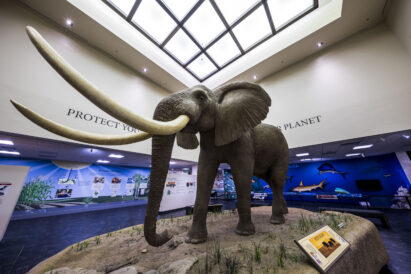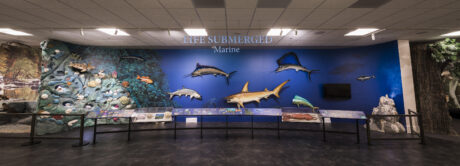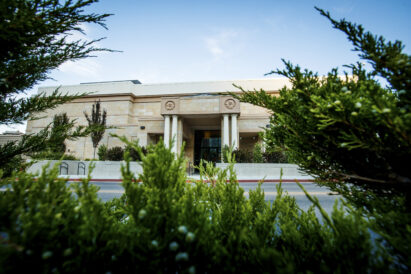BYU: Bean Life Science Museum earns prestigious reaccreditation
- Exhibits showing various types of animal life as well as educational programs are offered at the Brigham Young University Bean Life Science Museum.
- A marine exhibit is shown at the Brigham Young University Bean Life Science Museum.
- The Bean Life Science Museum at Brigham Young University was recently granted reaccreditation by the American Alliance of Museums, placing it in the company of museums like the Smithsonian in Washington, D.C.
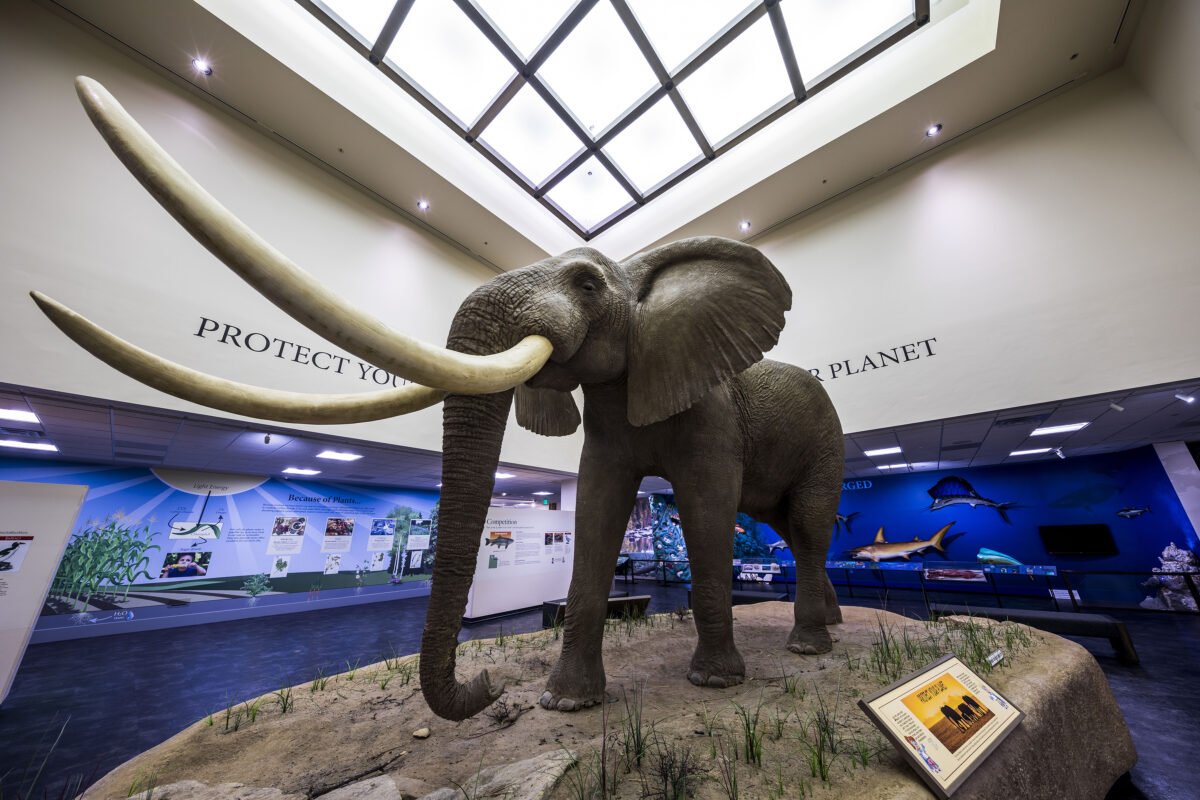
Courtesy Nate Edwards
Exhibits showing various types of animal life as well as educational programs are offered at the Brigham Young University Bean Life Science Museum.
The American Alliance of Museums, or AAM, recently granted the Brigham Young University Bean Life Science Museum reaccreditation, the highest national recognition afforded to museums in the United States.
Only 3% of museums in the nation have received this distinction, including institutions like the American Museum of Natural History in New York City and the Smithsonian in Washington, D.C.
“This accreditation means that we can be trusted to hold and protect our valuable collections and puts us in the exclusive club of museums that follow the best practices,” said Michael Whiting, director of the Bean Life Science Museum.
Featuring exhibits ranging from climate change to marine life along with outstanding educational programs for students and the public — including summer camps, trivia nights and the Tanner Lecture Series — the Bean Life Science Museum is a beacon in the community. It excels at its mission to inspire wonder, understanding and reverence for our evolving planet.
“We effectively engage the public through compelling exhibits and innovative education programs developed and implemented by BYU students,” Whiting said. “These initiatives promote understanding and appreciation for the diversity and complexity of the earth’s biological heritage.”
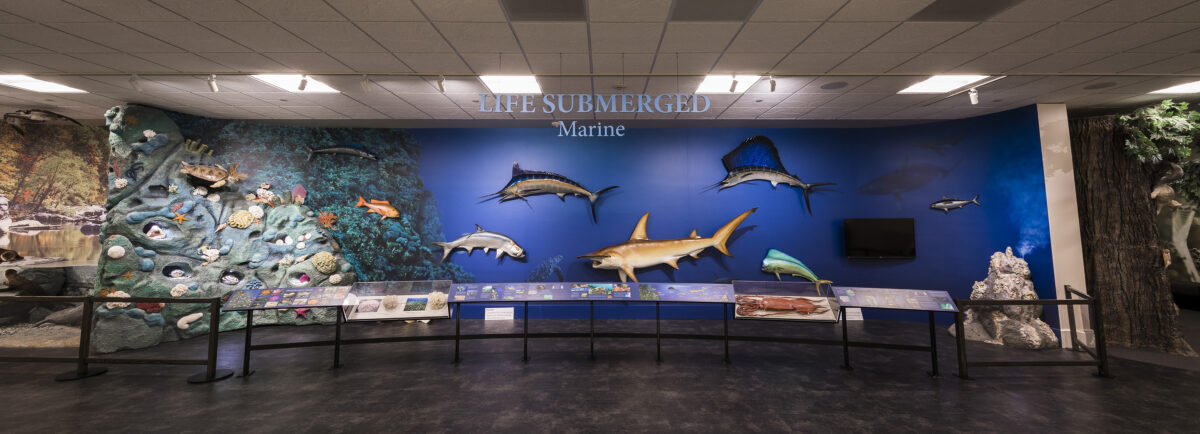
Courtesy Nate Edwards
A marine exhibit is shown at the Brigham Young University Bean Life Science Museum.
The museum is also home to several research collections used by scholars from BYU and the larger academic community. These collections provide primary source material for scientific research, enabling scientists to analyze and interpret these materials to contribute new knowledge to a variety of disciplines.
Additionally, the Bean Life Science Museum maintains and protects the 600-acre Lytle Nature Preserve in the southwest corner of Utah.
“The Lytle Preserve provides our students and the public with learning experiences to gain a greater understanding of the earth’s biota, the history of the region and our connections to it,” Whiting said.
To receive accreditation, a museum must pass AAM’s Continuum of Excellence, a very rigorous process that examines all aspects of a museum’s operations and begins with a year-long self-study followed by a site visit by a team of peer reviewers. AAM accreditation brings national recognition to a museum for its commitment to excellence, accountability, high professional standards and continued institutional improvement.
The AAM accreditation program strengthens the museum profession by promoting practices that enable leaders to make informed decisions, allocate resources wisely and remain financially and ethically accountable to provide the best possible service to the public.
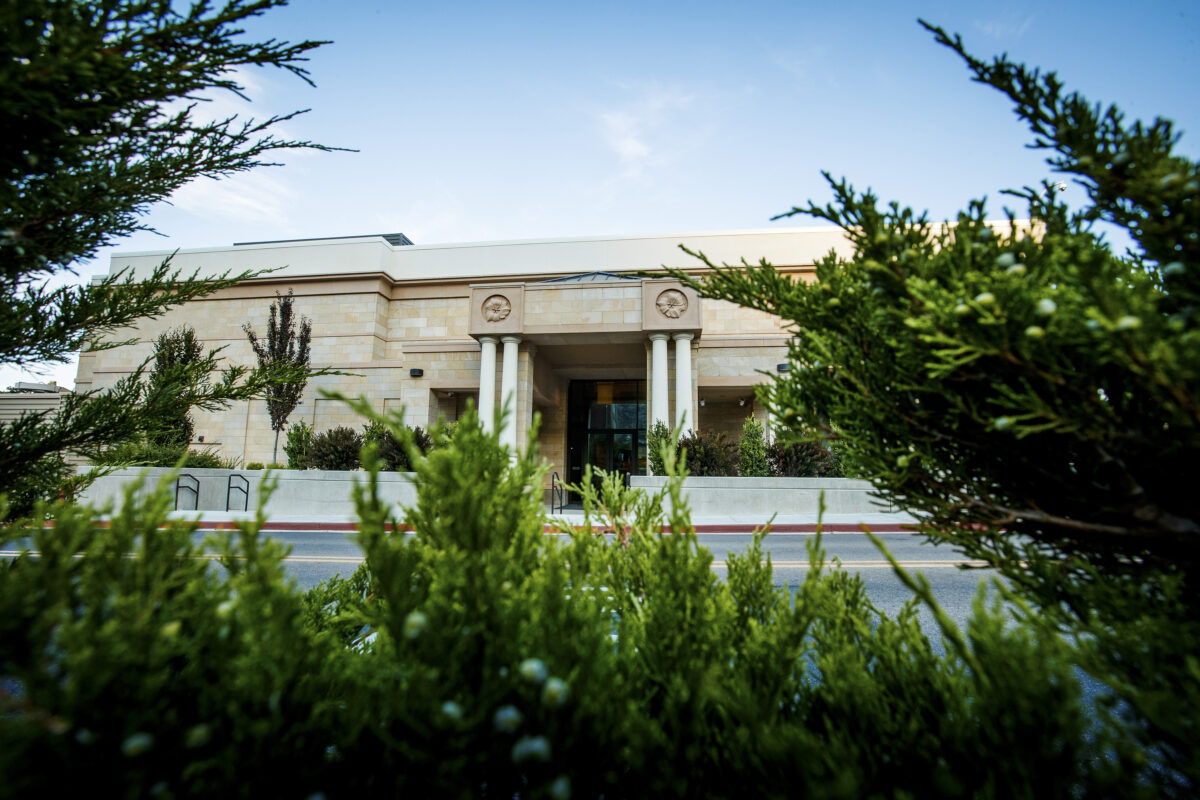
Courtesy Tyler Richardson
The Bean Life Science Museum at Brigham Young University was recently granted reaccreditation by the American Alliance of Museums, placing it in the company of museums like the Smithsonian in Washington, D.C.
The Bean Life Science Museum is open Monday through Friday from 10 a.m. to 9 p.m. and Saturday from 10 a.m. to 5 p.m. Admission is free. For more information about the museum, visit lsm.byu.edu.

